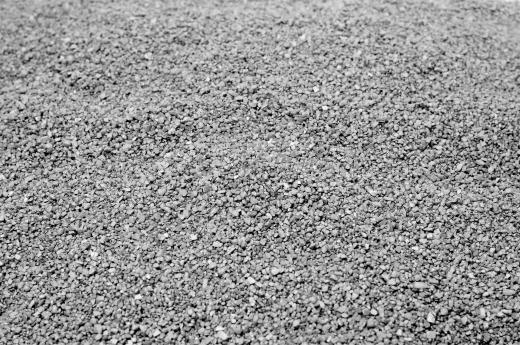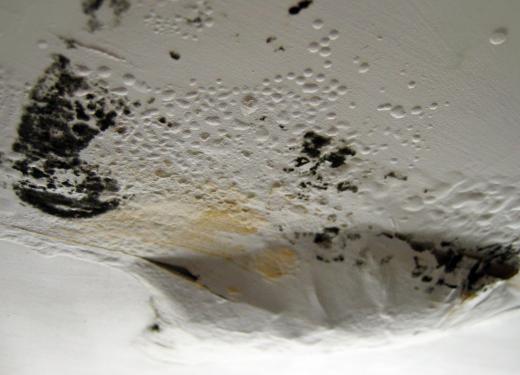A crawl space is an area constructed between the ground and the bottom of a house, creating a permanent foundation and used in place of a basement. It does not have the depth of a regular basement, making it difficult for a person to be able to stand up when inside the small space.
This space is constructed with block walls for the home to sit on. It may also have concrete flooring, although some have gravel instead. The area can be accessed either from the outside or the inside of the home, similar to a basement, depending on what the home owner chooses when building the home. Double-wide manufactured homes, modular homes, and stick built homes can all have crawl spaces as a permanent foundation.

There are advantages and disadvantages that should be taken into consideration before deciding on a crawl space instead of a regular basement when building a home. One of the advantages is having the house off the ground, as opposed to a concrete slab foundation. This is necessary when the house is being built in a damp area or an area that may be prone to the infestation of termites. A basement keeps the house off the ground as well, but a crawl space is much more inexpensive. It also makes it more convenient to service plumbing and duct work because it is more accessible than a house with a finished basement.

Moisture is a huge disadvantage when building a crawl space, and proper precautions must be taken to avoid the damage that moisture can cause. Any water that accumulates in the space will travel upward, entering the floorboards, drywall and insulation. This can cause severe health and safety issues for those living inside the home. Properly installed insulation can keep moisture at a minimum, helping to prevent mold and health problems. A vapor barrier placed properly will create a thin concrete barrier over the gravel floor, keeping the moisture and any rodents out.

A crawl space consisting of its floor and walls fully finished in concrete is best overall. With this setup, rodents cannot burrow tunnels underground and enter the home. Concrete can also block out mold, various odors, poor air quality and keep high energy bills at a minimum.
